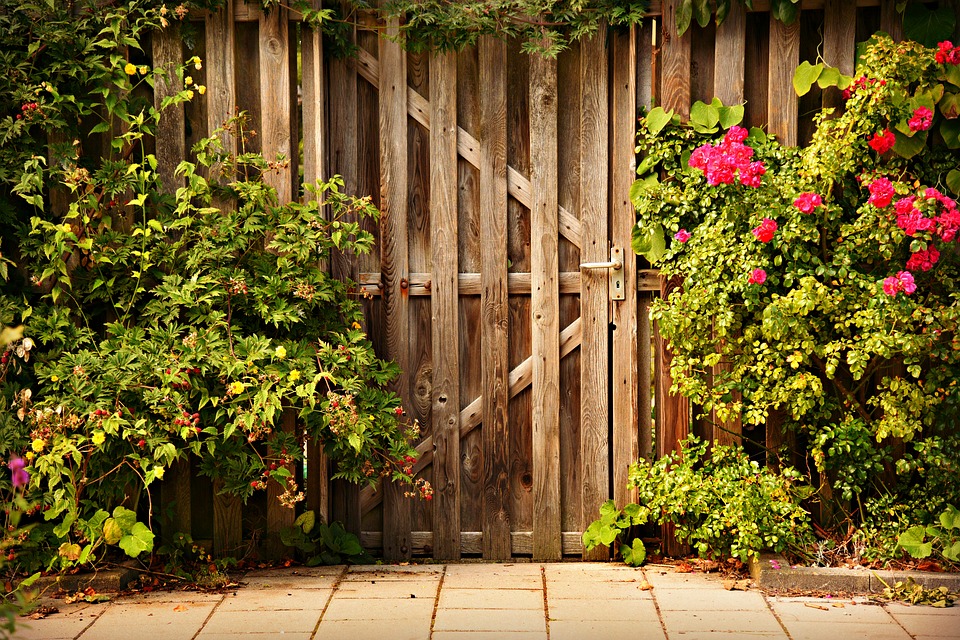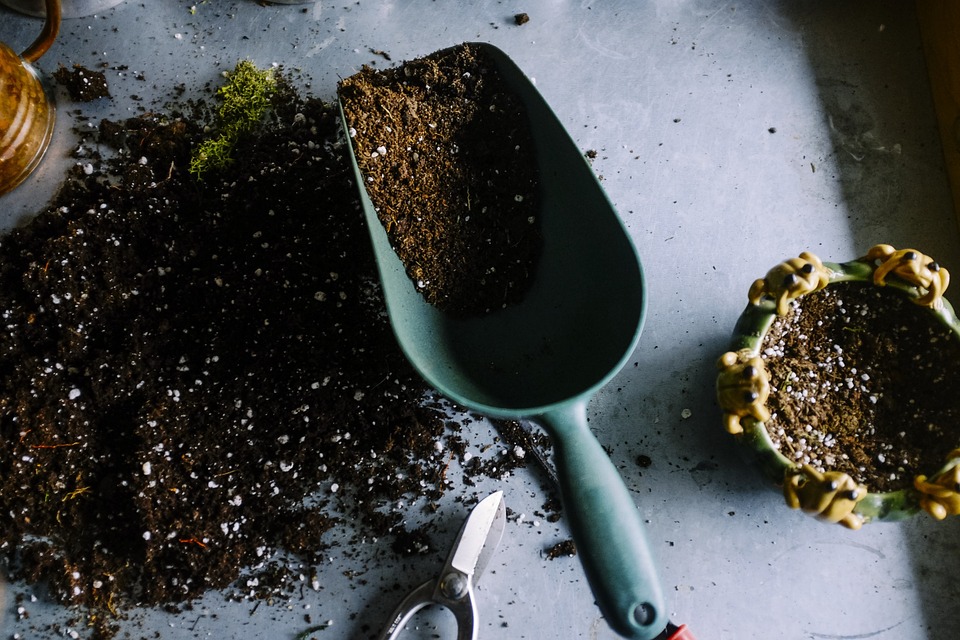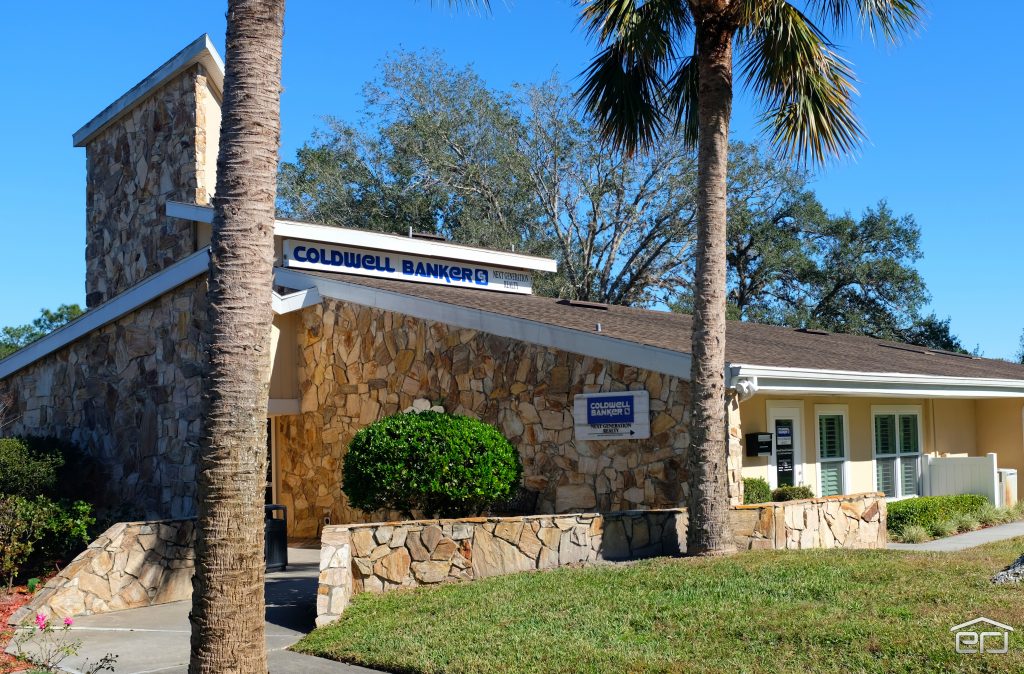With this scorching summer, it’s hard to imagine that fall is right around the corner. Don’t get too comfortable though – it’s time to start thinking through how you’re going to transition your plants from summer to fall. Below is a quick and easy guide to help you dig in!
Remove annuals and plant new ones
Annual plants live for one growing season and then die, which means you need to replace these plants every season. The nice thing is that fall typically has more optimum planting days than spring! Be sure to rake the soil and add fresh mulch to help your fall plants flourish.

The next step is to research the best plants that bloom during the fall to make your garden come alive with pinks, purples, yellows, and more! Some good fall annuals include pansies, verbena, and mums, which are great for borders, mass plantings, and containers.
Inspect your perennials
While you’re planting your new annuals, make sure you’re also taking the time to trim bushes and prune your perennials. If some of them are getting too large, you should replant them in other areas or trade them with plants to diversify your garden!

Pro tip: While it’s tempting to prune all of your flowers and bushes to keep everything fresh, trimming them too early leaves them open and susceptible to the cold, inviting diseases, insects, and decay. We suggest pruning when the temperatures get colder, as pruning during a warmer stretch can put strain on your plants.
Add some mulch

One thing we highly recommend is to add some mulch to your gardens and flower beds. Mulching late in the season can block weeds, keep in moisture, and also insulate the soil. Mulch also prolongs the growing season, which will allow your garden to prosper. One thing to remember is that leaves are a great substitute for mulch and oftentimes offer the same benefits. They add nutrients and soil as they breakdown. Perfect solution for a very leaf-filled season!
Look for diseases and protect your plants
The summer/fall transition is a great time to see if there are any diseases in your plants that need to be remedied. Look for blotchy leaves and remove them. Some diseases can be transmitted by insects, rain, or even wind. Also one thing to consider with the change in temperature is to invest in frost covers for planted flowers and bushes.
Outdoor plants should now be indoors

If you put some of your indoor plants outside for an extra dose of summer-sun, it’s now time to transition them back inside. Once the cooler weather hits, the plants that used to thrive in hotter temperatures won’t be able to withstand the cold. Slowly transition these plants by putting them in a shadier part of your yard so that they can get used to the dimmer indoors. Once you’ve relocated them indoors, give them a lot of light and add a little fertilizer to keep them healthy.
Consider a vegetable garden
Many vegetables thrive in colder months and are also a great way to spruce up your cooking! A few greens that you can enjoy in the fall are spinach, lettuce, and kale, as well as root crops such as carrots and radishes.
Don’t forget to harvest your herbs.

The beginning of autumn is also an optimal time to begin harvesting herbs like rosemary, basil and sage, which actually develop their strongest flavor before blooming. You can snip them early in the morning and store them somewhere dry.
It’s easy to want a break from the gardening routine after the summer months have fizzled out, but don’t lose steam! It’s important to act quickly and get your garden ready for the breezy fall season.
About the Author: Chelsea Caplan

Chelsea Caplan is a marketing project manager at Movement Mortgage and contributing author to the Movement Blog. She is known for her sense of style and her positive attitude. Chelsea enjoys long walks on the beach, and a great morning devotional. She is a resident sweet tooth and will naturally gravitate toward cookies.
For more useful tips and mortgage information, contact Pam Cleary at Movement Mortgage today by visiting her website. You can also visit her at 7773 S. Suncoast Blvd., in Homosassa, Florida. Call her directly at (352) 634-0716.

Courtesy of Pam Cleary, Branch Manager, Movement Mortgage.
Make the Move to Citrus County, Florida

There is something for everyone when you are at your leisure in Citrus County Florida. So if you are looking for an idyllic setting to call home, contact one of our friendly professionals at Coldwell Banker Next Generation Realty in Sugarmill Woods. Their Sugarmill Woods experts will help you find the perfect home in Citrus County. Speak with a professional today (352) 382-2700.
Build Your Dream Home on the Nature Coast

When you’re ready to build or remodel your home, contact the trusted professionals of Edward Russell Johnston Inc. Over 43 years of experience building beautiful homes in Sugarmill Woods and across the Nature Coast. Call (352) 795-2200. If you’re ready to purchase a brand new Sugarmill Woods home without the wait time of new construction, check out the Alura IV, in Cypress Village.







